- Welcome To Changzhou Huarui Welding & Cutting Machinery Co., Ltd.!
- About Huarui | Inquiry Form | Contact Us |
 中文
中文
 中文
中文Abstract: The properties and components of welding shielding gases have a great impact on welding quality. Different properties of common welding shielding gases have different effects on welding speed, weld penetration and arc stability. Therefore, in the actual production process, a variety of influencing factors should be considered comprehensively to select appropriate shielding gases to provide reliable guarantee for welding quality.
一、Introduction
In the process of arc welding, if no protector is added, oxygen (O2) or other gases in the atmosphere will invade the arc and molten pool and react with the metal melted at high temperature, resulting in welding defects and affecting the adaptability of the product. The main function of welding gas is to protect the metal to be welded from pollution of other gases and impurities, to ensure the quality of welding products; On the other hand, the properties of welding protective gas have corresponding effects on welding speed, weld penetration, forming, welding dust, arc stability and so on. Welding protective gas can be divided into inert gas (e.g., He) and non-inert gas (e.g., CO2) according to the degree of gas activity. According to the component composition, it can be divided into a single component gas (such as: GTAW- using pure Ar as a protective gas) and multiple gas mixture (such as: GMAW- using pure 75%Ar+25%CO2 as a protective gas); According to the oxidation strength of gas can be divided into strong oxidizing gas, weak oxidizing gas, reducing gas, neutral gas; In addition, in addition to gas activity degree, component composition, oxidation tendency, ionization energy and thermal conductivity of protective gas are also important basis for selection of protective gas.
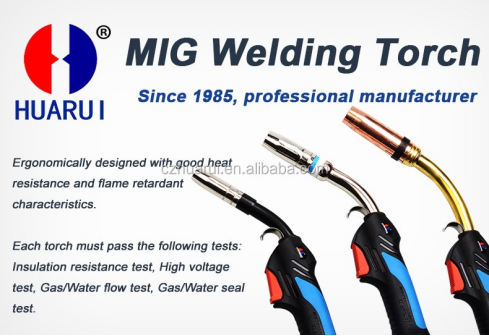
一、Selection and application of welding protective gas
(一)Selection and application of welding gas in GTAW
Argon (Ar) is an inert gas, does not react with other elements at normal and high temperature, and has good arc stability, low ionization voltage, beautiful weld formation and low cost, so it is suitable for various metal welding protection gas in GTAW. At present, the metals that can use argon as welding protection gas in GTAW include all carbon steel, stainless steel and almost all non-ferrous metals such as aluminum, copper, nickel, titanium, zirconium and their alloys, and the welding effect is excellent. Although using pure argon as GTAW protective gas can obtain excellent welded joints, due to its low arc energy, the welding penetration force and welding speed cannot meet the actual needs. In this case, argon can be mixed with other gases to improve the welding penetration force and welding speed, such as Ar+He or Ar+H2.
(二)Selection and application of GMAW welding gas
1, ordinary carbon steel (structural steel) GMAW protective gas selection
For ordinary carbon steel, or structural steel used for the production of steel structure, if there are not strict requirements on welding quality and welding appearance, CO2 is usually used as a protective gas, also known as CO2 gas shielded welding, this method has the advantages of high production efficiency, good welding quality, low cost, strong practicability and so on. It should be noted that the soluble mass fraction of water in liquid CO2 is 0.05%, and the excess water is free to sink at the bottom of the bottle. This water evaporates with CO2 in the welding process and mixes with CO2, directly into the welding zone. Therefore, water is the most important harmful impurity in CO2 gas. The purity and quality of the protective gas CO2 shall meet the requirements.
Ar+CO2 can be used as a protective gas when non-destructive testing or pressure test is needed in situations with high welding quality. The change of the component of the protective gas can affect the spatial form of welding arc, arc energy density, droplet transition mode, welding wire melting characteristics and splashing during welding. It can also improve the stability of arc and transition in the welding process and the wetting of liquid metal and molten pool, improve weld forming, reduce spatter, eliminate and prevent defects, and improve the performance of weld joint.
2, stainless steel GMAW protective gas selection
Stainless steel GMAW welding gas selection, not only according to the type of stainless steel and welding position and other factors, but also must consider back forming, welding combination, droplet transition form and other factors, in order to obtain the best welding effect.
With pure argon only suitable for TIG welding stainless steel, but not suitable for MIG welding stainless steel. In the process of gas shield welding under pure argon, the surface tension of stainless steel droplet and molten pool is large, and the fluidity of liquid metal in molten pool is very poor. The surface of weld can not be spread and moistened, and the forming of weld pass is poor.
When 1-2% oxygen is added into argon, the surface tension of stainless steel droplet and molten pool is reduced, the fluidity of liquid metal in molten pool is enhanced, and the spreading wettability of weld surface is improved. The weld depth and width are moderate, and the weld path is beautiful. 0-1% suitable for austenitic stainless steel, 0-2% suitable for ferritic stainless steel; The 0-2% molten pool has better fluidity than the 0-1% molten pool, suitable for the spray transition and pulse transition of stainless steel welding wire, suitable for the flat welding and flat fillet welding of stainless steel welding parts.
When adding 2-5%CO2 to argon, it is concerned that there is a tendency to carburize. The test proved that CO2≤5%, carbon content of weld ≤0.03%, still below the level of ultra-low carbon. The arc stability is good, the oxidation ability is weakened, the alloying elements are burned less, and there is no carburizing tendency. Suitable for short circuit transition and pulse transition of stainless steel welding wire. When 2-5%CO2 is added in argon, it is suitable for the combination process of TIG bottom welding and MAG filling cover welding of stainless steel pipes. The welding process is all-position, short circuit transition, and the weld is smooth and beautiful.
The advantages of three-way gas mixture are more prominent, such as the three-way gas mixture divided into Ar+5%CO2+2%O2, strong arc concentration, good single-side welding and double-sided welding, suitable for stainless steel welding with higher technical requirements; It is divided into Ar+He+CO2 gas mixture, in which helium gas can increase weld penetration, improve welding speed and reduce the deformation of welds. The gas mixture composed of Ar+CO2+N2 is a new technology developed in Europe and America, in which nitrogen can increase the penetration depth and width of the weld.
3, aluminum alloy GMAW protective gas selection
For aluminum alloy suitable for welding, GMAW usually uses Ar as a protective gas. It is worth noting that aluminum alloy has higher requirements for the purity of welding gas. If the protective gas cannot reach, black oxides will appear on both sides of the weld, affecting the appearance quality of welding. A certain proportion of He can be added to Ar if the welding depth and welding speed are to be obtained. Because of the large heat transfer coefficient of He, the arc voltage is higher than that of Ar at the same arc length. High arc temperature, large base metal heat input, high melting speed. Suitable for welding thick aluminum plate, can increase penetration, reduce porosity, improve production efficiency. However, if the proportion of He is too large, there will be more spatter.
4, other metal and alloy GMAW protective gas selection
For copper and copper alloy GMAW, in addition to using pure Ar as welding protection gas, a certain proportion of nitrogen can be added to Ar gas, which can reduce the production cost and also play a protective role, but there is a certain splash and smoke, forming is poor. For nickel and nickel alloy GMAW, in addition to using pure Ar and Ar+He as welding protection gas, a small amount of hydrogen can also be added to Ar gas, which can also improve the welding efficiency. For titanium and titanium alloy GMAW, pure Ar and Ar+He can only be used as welding protective gas because Ti, N, H and O have strong tuberculosis.
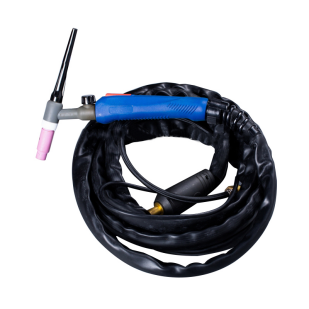
(一)conclusion
In summary, welding shielding gas plays a particularly important role in gas shielding welding. The selection of welding shielding gas directly affects the quality, efficiency and cost of welding production. Because of the diversity of welding materials, the selection of welding gas is more complex. In actual production, it is necessary to comprehensively consider welding material, welding method, droplet transition form, welding position and required welding effect, so as to select the most suitable welding gas and achieve the best welding result.
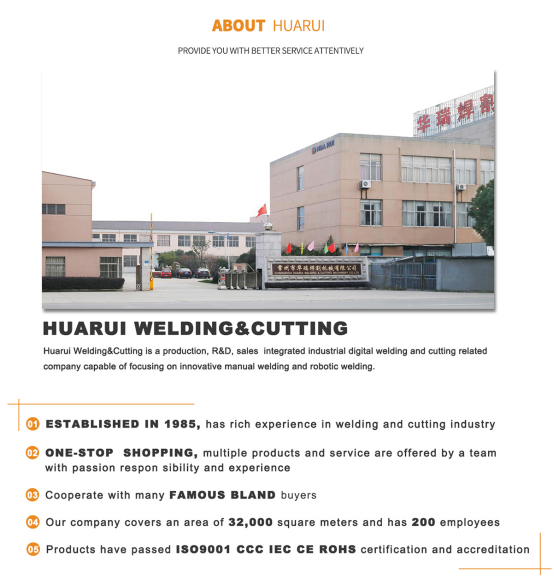
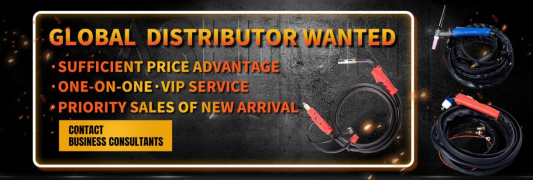
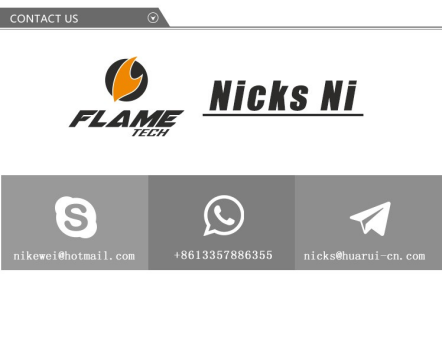

 master@huarui-cn.com
master@huarui-cn.com 86-519-86371071
86-519-86371071 86-519-86371072
86-519-86371072
View More(Total0)Comment Lists